What is Diabetic Neuropathy?
Diabetic neuropathy (DN) is a type of nerve damage that can result in diabetic individuals. Typically, the nerve damage occurs in the extremities of affected individuals – known as diabetic peripheral neuropathy (DPN) – however, there are three other types of diabetic neuropathy (autonomic neuropathy, proximal neuropathy, and mononeuropathy). While the exact cause of each type of neuropathy is unknown, researchers believe that uncontrolled hyperglycemia (elevated blood sugar) can result in increased vascular resistance leading to inadequate nutrients and oxygen being supplied to the nerves. Subsequently, the undernourished nerves will begin to degenerate leading to the symptoms of one of the four types of DN. Of the 425 million adults worldwide with diabetes, it is estimated that approximately 20% of type I diabetics and approximately 10 to 50% of type II diabetics, depending on the disease duration, will develop DPN.
Symptoms of Diabetic Peripheral Neuropathy
Symptoms of DPN primarily affect the extremities and commonly include numbness, tingling, burning, sharp pains, increased sensitivity to touch, reduced ability to feel pain or temperature changes, and foot problems such as ulcers, infections, and bone / joint pain. In cases involving serious infection, DPN may even warrant amputation of the affected limb. By closely managing blood sugar and monitoring any foot problems, diabetic individuals can prevent or delay DPN and its associated complications.
Treatment Options for Diabetic Peripheral Neuropathy
The most current treatments for DPN are largely pharmacological interventions, including gabapentinoids, serotonin-norepinephrine reuptake inhibitors, tricyclic antidepressants, opioids, and topical solutions. However, the efficacy of these medications has been reported as limited in multiple high-quality randomized clinical trials. Specifically, it was found that of patients taking gabapentin for DPN, a mere 1 in 6 was helped.
Furthermore, the long-term patient adherence to pharmacological medical management of DPN is poor. For gabapentin and pregabalin (common gabapentinoids prescribed for DPN-affected individuals), it is estimated that greater than 60% of patients will discontinue the medication after just six months. Additionally, it has been reported that many of these patients do not seek alternative therapy, rather they allow the DPN to progress without treatment.
Other important conservative treatment options include glycemic control and exercise. A recent study found that low-intensity resistance training and exercises can improve imbalances, pain, and tingling in the periphery for DPN patients by reducing levels of inflammatory markers.
Spinal Cord Stimulation
As mentioned above, the limited efficacy of medical management for DPN has placed focus on treatment options elsewhere in current research and medicine. Namely, spinal cord stimulation (SCS) has emerged as an effective nonpharmacological treatment option for DPN-affected patients. SCS produces effective pain relief by modulating the processing of pain in the spinal cord.
In a study comparing SCS therapy to conventional medical management (CMM) alone, it was found that patients in the SCS group obtained significant pain relief over eighteen months. In addition, another study demonstrated that SCS therapy improved health-related quality of health measures, as compared to CMM.
Spinal cord stimulation serves as an evidence-based treatment option to better address diabetic peripheral neuropathy in patients who have not responded to conservative treatment.
Contact form
Or just call (412) 221-7640 and we’ll do everything we can to help.
Across all review platforms
Dr. David Provenzano, a leading expert throughout the nation for treating patients who suffer daily from pain, uses advanced diagnostic techniques to assess the source of the pain and develop a comprehensive and safe treatment approach that can significantly reduce your pain.

